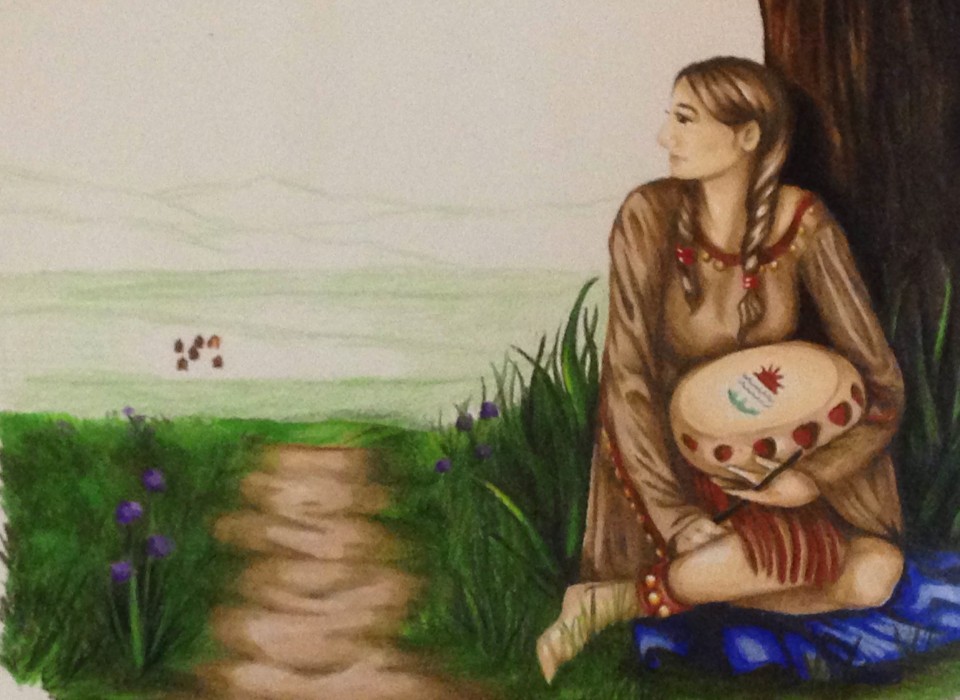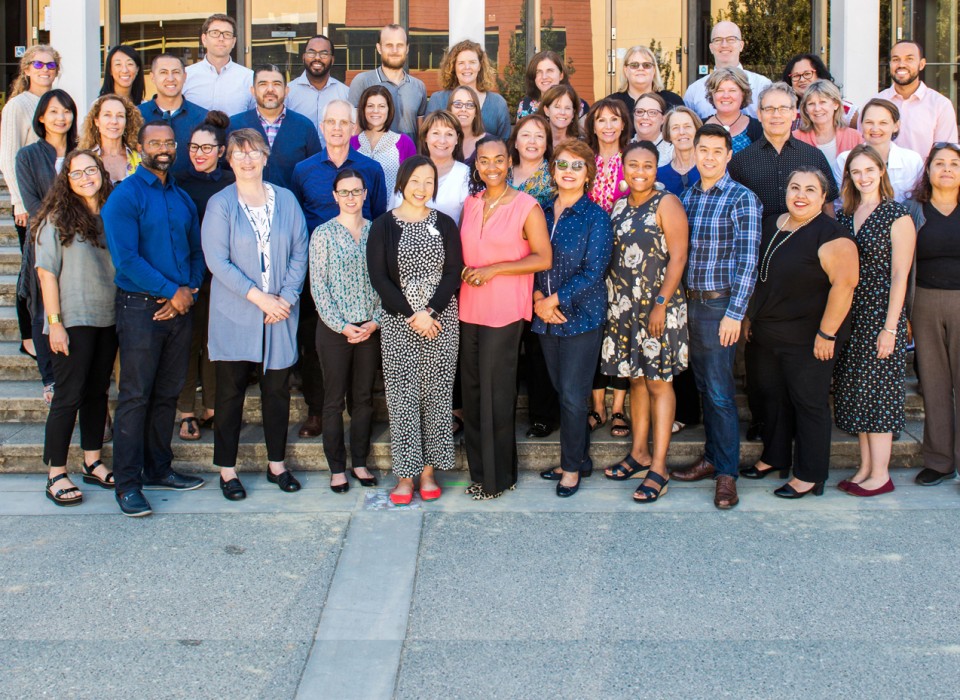The Investigation of the Genetic Basis of the Shade Avoidance Response in Arabidopsis thaliana
Student Name: Kisha Thayapran
UCD Department: Plant Biology
UCD Mentor: Dr. Julin Maloof
Shade avoidance is a series of plant responses elicited when a plant experiences a reduced ratio of red to far-red (R:FR) light. In this study we investigate the genetic basis of shade avoidance by examining hypocotyl and root growth of Arabidopsis thaliana in four natural variants and three mutant lines. The four natural variants were Columbia (Col), Kondara (KON), KNO-18, and RRS-10. The three mutant lines, numbered 19, 38, and 52, were TDNA lines with insertions in the gene of interest. The average hypocotyl length was found to be longer in the shade conditions for every genotype. From the difference between the average hypocotyl length in sun and shade conditions, it was found that 19 may be a high responder, 38 responds similarly to wild-type Col, and 52 may be a low responder. After 3 days of shade treatment, there was little difference between the average root length between genotypes or between plants grown in sun or shade conditions. However, primary root length measured after 10 days of light treatment revealed that the average root length was longer in the shade conditions for every genotype. This suggests that roots show increased growth in response to shade. These results are relevant because knowledge gained from this experiment can be utilized in the agricultural industry when deciding crop spacing and land conservation.








